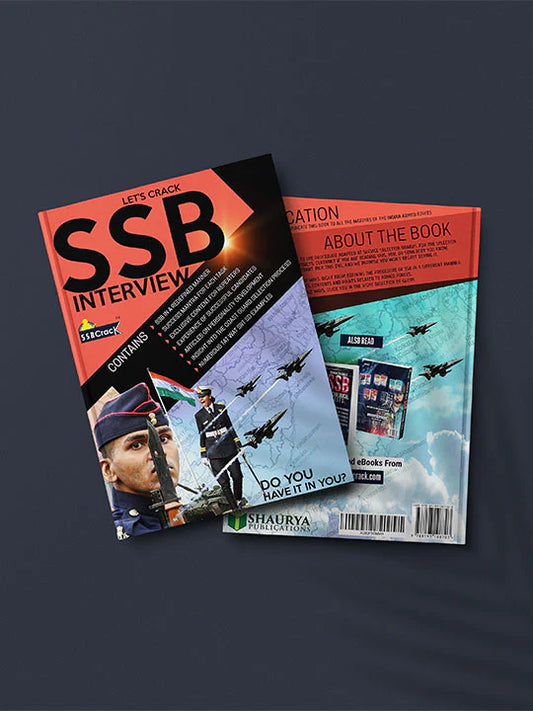NDA Physical Fitness Requirements & Training Tips

The National Defence Academy (NDA) is one of the most prestigious military training institutions in India, serving as a foundation for future leaders in the Indian Armed Forces. As a channel for the integration of different branches of the military, it caters primarily to the Army, Navy, and Air Force. Admission to the NDA is highly competitive, with a rigorous selection process that includes an examination, an interview by the Service Selection Board (SSB), and, importantly, physical fitness requirements that candidates must meet. This article aims to provide an in-depth understanding of the physical fitness requirements for NDA candidates and effective training tips to help aspirants prepare adequately.
Historical Context
The NDA was established in 1954, inspired by the need for a unified service training institution to ensure a seamless transition from civil to military life. Historically, the importance of physical fitness in military training has been underscored since antiquity, where physical prowess correlated directly with a soldier’s effectiveness on the battlefield. The modern era has further evolved these principles into structured fitness testing and training regimens that not only emphasize strength and endurance but also agility, teamwork, and mental resilience.
Understanding NDA Physical Fitness Requirements
The physical fitness requirements for NDA candidates are stringent and multifaceted. They include both endurance and strength assessments designed to evaluate a candidate's physical capability. The foundational components include:
1. Running Tests
Running forms a critical aspect of physical fitness evaluation:
- Distance: Candidates must complete a distance of 1.6 kilometers (approximately 1 mile) within a specific time frame. Generally, male candidates have to complete it within 5 minutes and 30 seconds, while female candidates are given a slightly more extended time frame.
- Training Tips: Incorporating interval training can be beneficial. For instance, alternating between sprinting for 30 seconds and jogging for 1 minute can improve both speed and endurance.
2. Push-ups
Push-ups are essential for developing upper body strength:
- Requirement: A standard target is to complete a minimum of 20 push-ups in a single attempt.
- Training Tips: Start with fewer reps and gradually increase, employing variations such as inclined push-ups or diamond push-ups to develop different muscle groups.
3. Sit-ups
Sit-ups focus on core strength:
- Requirement: Candidates are typically required to do around 25 sit-ups in one go.
- Training Tips: Incorporate different core exercises such as planks and leg raises to ensure overall core stability and strength.
4. Flexibility Testing
Flexibility is evaluated through various stretching exercises, which play a significant role in preventing injuries:
- Training Tips: Regular stretching routines, focusing on major muscle groups, can enhance flexibility over time.
5. Swimming
Swimming is also a requisite skill, particularly for the Navy aspirants:
- Requirement: Candidates should be capable of swimming a distance of 50 meters efficiently.
- Training Tips: Practicing different strokes and increasing swim distances gradually can aid in better performance.
Developing a Robust Training Regimen
To meet the aforementioned standards, aspirants should employ a disciplined training plan:
Creating a Weekly Training Schedule
Aspiring NDA candidates should strive for a balanced routine that includes cardiovascular, strength, and flexibility training. A sample weekly schedule could look as follows:
-
Day 1:
- Morning: Running (Interval training)
- Evening: Upper body strength (Push-ups, pull-ups)
-
Day 2:
- Morning: Flexibility exercises (Yoga)
- Evening: Core training (Sit-ups, planks)
-
Day 3:
- Morning: Swimming practice
- Evening: Rest or light aerobic activity
-
Day 4:
- Morning: Long Distance running
- Evening: Lower body strength (Squats, lunges)
-
Day 5:
- Morning: Circuit training (a mix of cardio and strength)
- Evening: Familiarization with all fitness tests
-
Day 6:
- Active recovery (Brisk walking, meditation)
-
Day 7:
- Rest day
Case Studies of Successful NDA Candidates
Real-world stories provide valuable insights into the mindsets and strategies of successful NDA candidates. Take, for example, Arjun Kumar, a successful NDA candidate from Pune. Arjun dedicated a full year to intense physical training. He assessed his weaknesses through fitness tests and worked on them systematically. With a blend of family support and self-discipline, he balanced his academics while rigorously training. His approach exemplifies the principle of comprehensive preparation—focusing on both physical fitness and mental readiness.
Statistical Data and Research Insights
According to a study published in the Journal of Military Medicine, physical fitness is positively correlated with performance in military assessments. Candidates ranked in the top percentile of physical fitness tests reported higher levels of operational effectiveness once commissioned. This underscores the importance of strenuous physical preparation. Furthermore, a systematic review from sports science journals shows that structured training can improve cardiovascular health and muscular strength significantly within a short time frame.
Comparative Analysis of Training Methods
When considering various training methodologies, candidates may encounter differing perspectives on the optimal training approach. For instance:
- Traditional Military Training: Emphasizes a one-size-fits-all approach. While it instills discipline, it may not tailor to individual strengths and weaknesses.
- Personalized Training Regimens: Adopting a more personalized training approach can yield better results as it allows candidates to focus extensively on their weaknesses, potentially leading to a higher success rate.
Challenges and Solutions
While preparing for the NDA physical fitness requirements, candidates may face various challenges:
- Lack of Resources: For candidates in remote locations, access to training facilities may be a concern. Solution: Outdoor spaces such as parks can be utilized for exercises such as running, push-ups, or body-weight training.
- Injury Risks: Rapid training can lead to injuries. Solution: A structured progression plan, emphasizing rest and recovery, is crucial for injury prevention.
- Mental Stress: The competition and pressure to perform can induce stress. Solution: Incorporating mindfulness and stress management techniques like meditation or focused breathing exercises can help candidates stay centered and focused.
Future Trends in Physical Fitness Training for NDA
As physical training evolves, we can foresee changes in how it is approached, largely driven by technology and research. Personal fitness apps and wearable technology that offer real-time feedback might become integral in training regimens. Moreover, advances in exercise science could refine metrics for physical assessments, aligning more closely with modern fitness standards and ensuring that candidates are prepared for the realities of military service.
Conclusion
Physical fitness is the bedrock of success for aspiring candidates seeking admission to the NDA. It not only plays a critical role in passing initial physical tests but also lays the groundwork for future military training and service. By understanding the fitness requirements, developing a structured training regime, and adopting a balanced approach that includes physical, mental, and emotional well-being, candidates can significantly enhance their chances of success.
In preparation for the NDA, commitment, discipline, and smart training are paramount. For those dedicated to a career in the Indian Armed Forces, the journey begins with ensuring not just physical readiness, but a holistic approach to fitness that includes knowledge, strategy, and resilience. For further resources, candidates can explore SSBCrack and SSBCrackExams, which offer comprehensive study materials, online courses, and eBooks targeting preparation needs for the NDA and SSB interviews.
In this highly competitive field, the importance of being physically fit cannot be overstated—it is the first step towards a rewarding and fulfilling military career. So, lace up those running shoes, hit the gym, and prepare for the honour and privilege that comes with serving the nation.

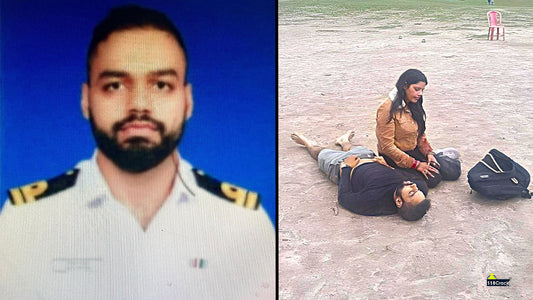

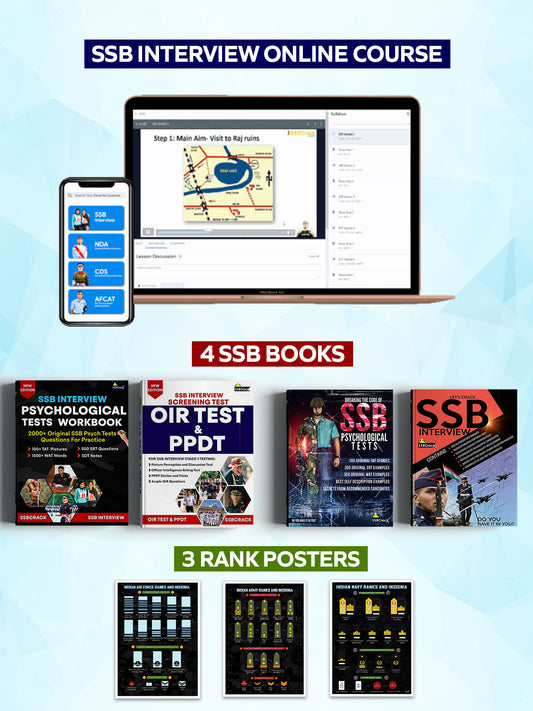

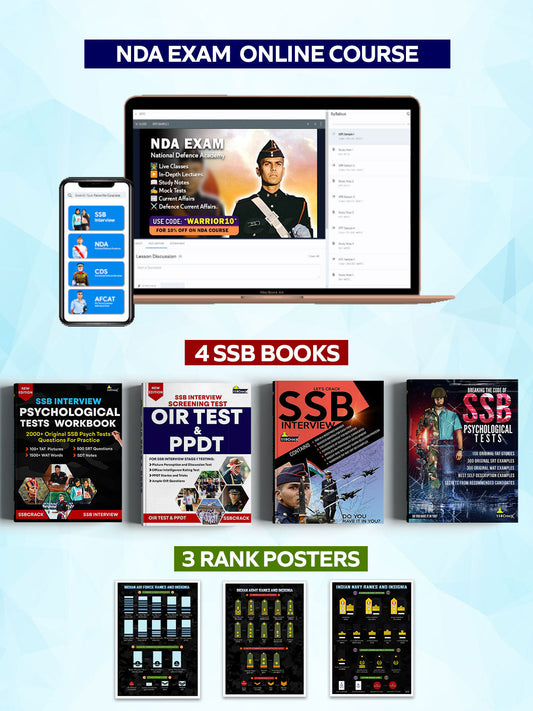

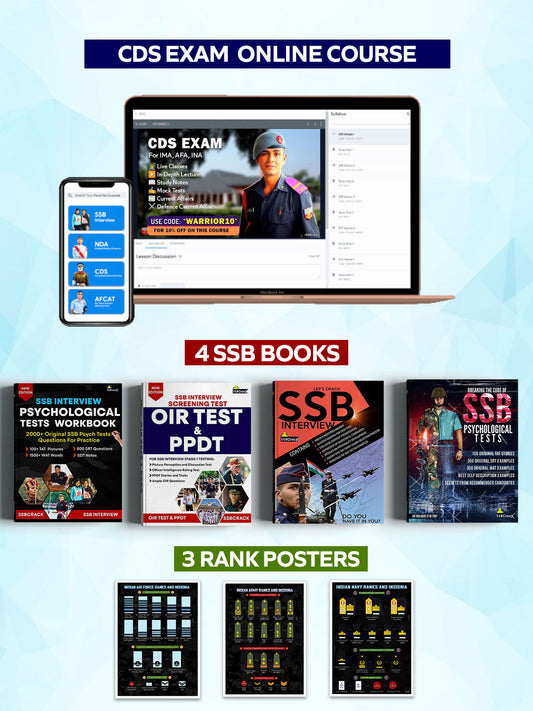

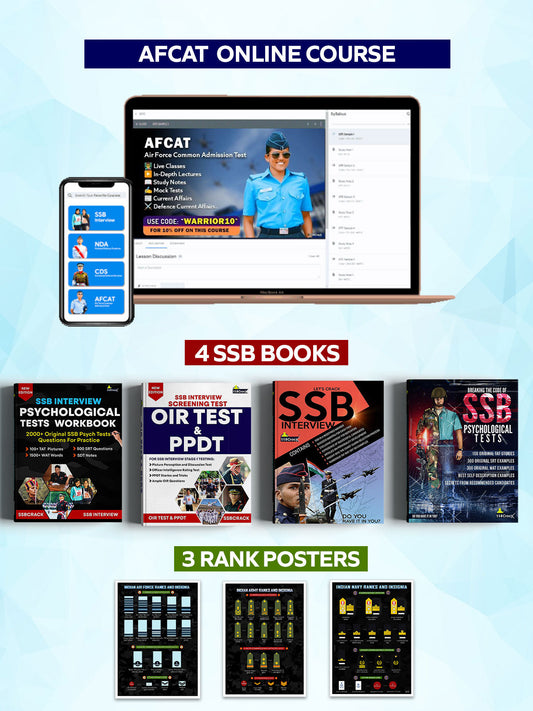


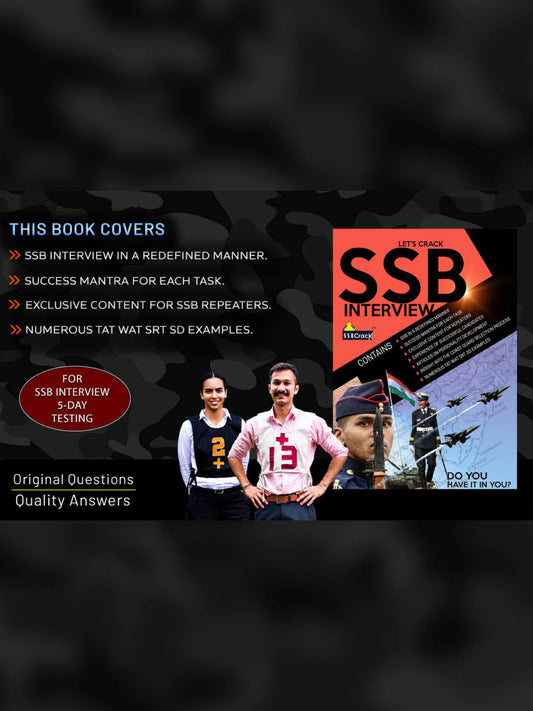
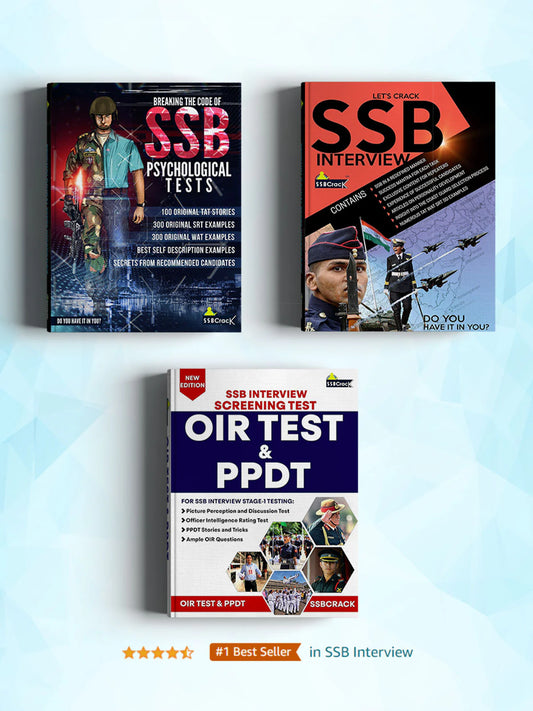
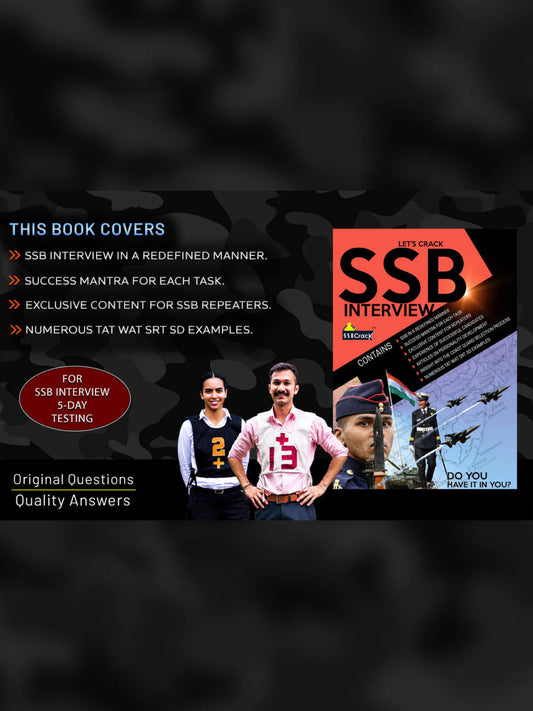
![Let's Crack SSB Interview Book [Paperback]](http://shop.ssbcrack.com/cdn/shop/files/ssb-books.webp?v=1736351621&width=533)
